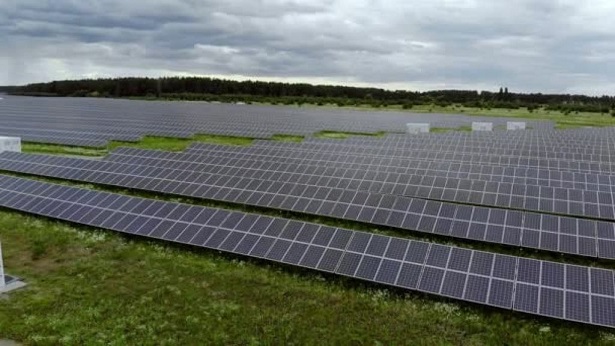The sun, an unceasing celestial powerhouse, showers our planet with an abundance of energy every day. The challenge lies in capturing and converting this energy into a usable form, and solar technology has risen to meet this challenge. Photovoltaic cells, commonly known as solar panels, are at the forefront of this innovation. These cells absorb sunlight and convert it into electricity, providing a renewable and sustainable alternative to conventional energy sources.
One of the primary advantages of solar income is its inexhaustible nature. Unlike finite fossil fuels, the sun’s energy is an infinite resource that promises to meet our energy needs for generations to come. This not only mitigates concerns about resource depletion but also reduces our dependence on environmentally harmful practices associated with traditional energy extraction.
Furthermore, the decentralization of energy production is a key feature of solar income. Traditional energy sources often rely on centralized power plants, requiring extensive infrastructure for distribution. In contrast, solar panels can be installed on rooftops, in remote areas, or even integrated into everyday objects. This decentralization not only enhances energy resilience but also empowers individuals and communities to become active contributors to the energy grid.
The financial benefits of solar income are another compelling aspect. While the initial investment in solar panels may seem daunting, the long-term savings are substantial. As technology advances, the cost of solar panels continues to decrease, making them an increasingly affordable option for individuals and businesses alike. Additionally, governments and organizations worldwide are implementing incentives and subsidies to encourage the adoption of solar energy, further sweetening the deal for potential investors.
The positive environmental impact of solar income cannot be overstated. The burning of fossil fuels for energy generation is a major contributor to greenhouse gas emissions and climate change. Solar energy, on the other hand, is a clean and emission-free alternative that significantly reduces our carbon footprint. By embracing solar income, we not only combat climate change but also pave the way for a more sustainable and ecologically balanced world.
In the realm of innovation, researchers are continually exploring ways to enhance the efficiency of solar technology. Breakthroughs in materials science, energy storage, and smart grid integration are poised to revolutionize how we harness and utilize solar income. From transparent solar panels that can be integrated into windows to solar-powered vehicles, the possibilities are expanding, ushering in a new era of energy innovation.
However, challenges remain on the path to widespread adoption of solar income. Energy storage solutions need to be refined to address intermittency issues associated with solar power. Additionally, public awareness and education are crucial to dispel myths and misconceptions surrounding solar energy, fostering a collective understanding of its benefits.
In conclusion, solar income represents a transformative force in our quest for sustainable energy solutions. As technology advances and public awareness grows, solar power has the potential to redefine our relationship with energy, providing a clean, abundant, and decentralized source that aligns with the principles of a sustainable future. By investing in solar income, we not only secure a cleaner and greener planet for future generations but also pave the way for a more resilient and equitable energy landscape.
